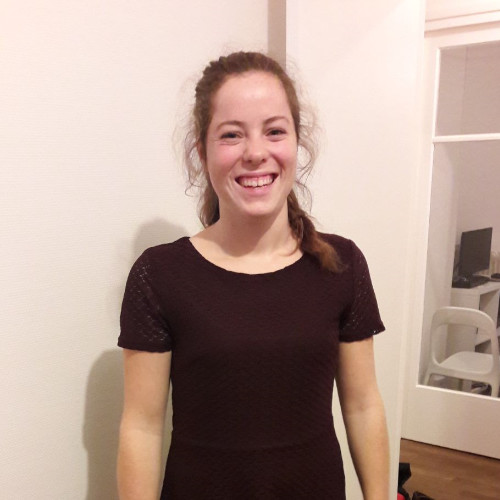
Transport of colloid and pore-clogging in microfluidic devices
Dr. Anne Sophie Esneu from IFPEN will present her research during the IstoPore Seminar.
Abstract
The flow of a suspension of particles through a porous medium occurs in various environmental engineering and process applications. A precise understanding of the transport and interactions of colloidal particles in suspension is necessary to evaluate for example the fate of contaminants or the damage of geological formations. In geothermal energy, the flow of fluids loaded with mineral and organic particles can pose significant problems on the sustainability of production and the maintenance of injectivity in the short term and, in the long term, on the stability and continuity of the resource. To control particle transport, minimize clogging, enhance filtration efficiency, and mitigate potential environmental or health risks associated with colloidal particles, understanding the fate of particles flow in porous media is crucial. Hence, colloidal particle behavior in porous media has been extensively studied, primarily through macroscopic measurements such as corefloods or reconstituted porous media. However, due to the opacity of rocks, information about the mechanisms occurring at the pore scale is lacking.
More recently, progress in understanding colloidal deposition and clogging phenomena has been allowed thanks to microfluidic devices (Bacchin et al., 2014; Delouche et al., 2020, 2022; Dincau et al., 2022; Duchêne et al., 2020; Kim et al., 2022). However, these experiments often use simplified pore-network micromodels or microchannels that do not fully replicate real porous media. In this study, we address this gap by using a complex pore-network micromodel. The aim is to describe the characteristics of permeability damage induced by colloidal deposition under conditions similar to those found in geothermal energy systems, such as high flow rates and permeability.
Microfluidics, which allows direct visualization and advanced optical quantification at the pore scale, is used along other measurements (pressure monitoring, concentration, temperature…). Two experimental setups are employed, based on different visualization techniques: optical imaging and laser-induced fluorescence (LIF) imaging. These systems integrate tools for particle concentration monitoring, pressure drop kinetics, and direct visualization of the micromodel during fluid injection. The use of both techniques provides complementary information at various scales, essential to understand the interactions between hydrodynamics (velocity, pore geometry) and DLVO forces (particle-particle and particle-surface interactions).
This experimental study has revealed significant insights into the relationships between velocity fields and deposit characteristics. Various “types” of deposits have been identified, primarily influenced by the porous medium’s geometry. While pore-throat clogging plays a crucial role in reducing permeability, pore bodies can also become critical deposition zones under specific conditions and injection stages. Moreover, as the suspension concentration increases, the kinetics of permeability reduction are delayed, and clogging mechanisms, along with deposit types, evolve accordingly. At very high concentrations, hydrodynamic effects have been observed.


